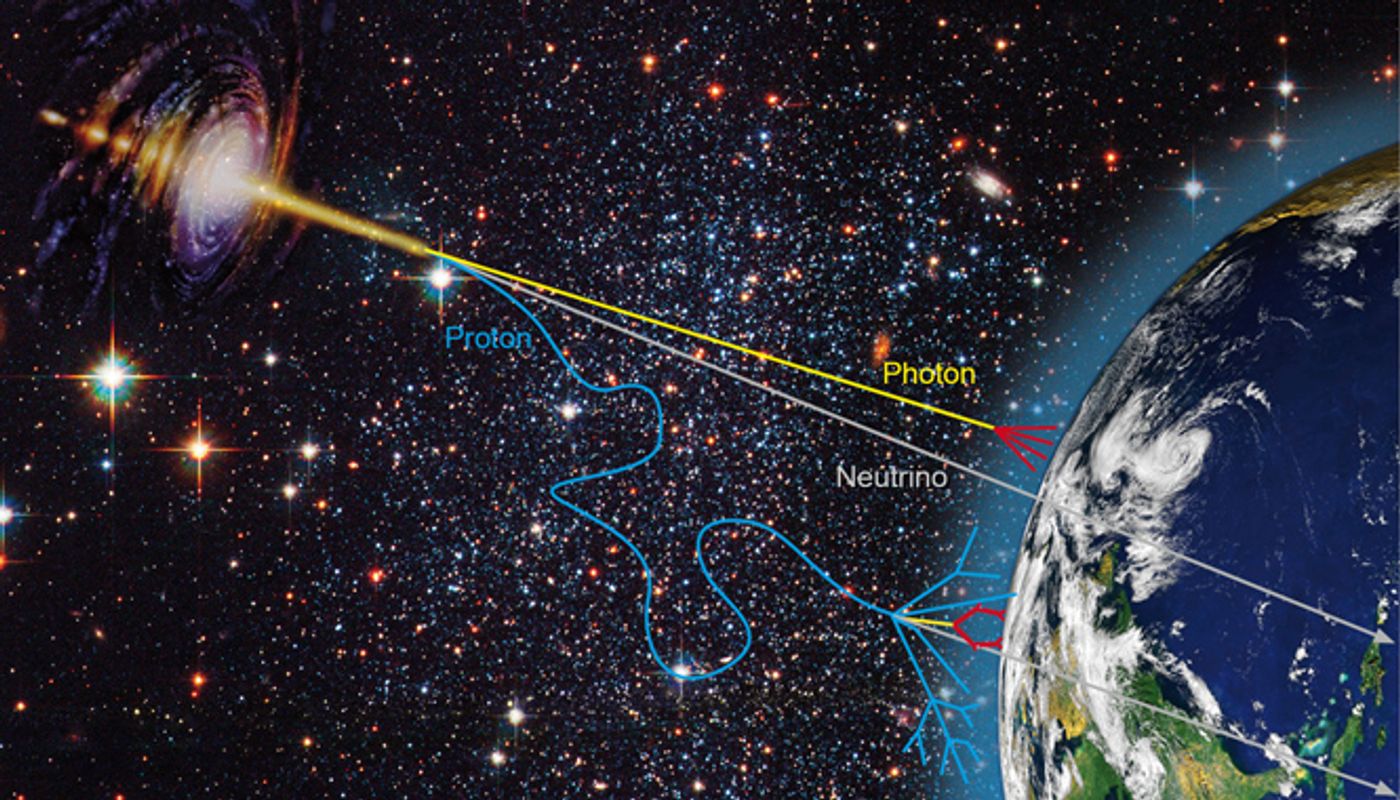8 More to the List: What Does the Growing Number of Repeating Fast Radio Bursts Mean to Astrophysicists
The story of Fast Radio Bursts (FRB) started back in 2007, when Australian astronomer Duncan Lorimer and his student discovered a set of puzzling data recorded several years earlier by the Parkes Radio Dishes. The archived data showed a transient but intense burst of radio emission from an unidentified origin deep in the space. This first-of-its-kind signal, FRB 010724, was later given the name Lorimer Burst in honor of its co-discoverer.
In the following decade, two dozens more of this split-second radio pulse have been detected. While it is confirmed that the bursts come from far beyond our own Milkyway, the origins of these powerful emissions remain by and large a mystery. It is believed that they are hitting Earth by the count of thousands daily, either in the one-off fashion or a repeating pattern.
Last week, a group of Canadian astronomers who uses the CHIME (Canadian Hydrogen Intensity Mapping Experiment) radio telescope to monitor the occurrence of FRBs reported the discovery of eight more repeating radio pulses, increasing the sum of repeaters to ten.
Dr. Victoria Kaspi, a renowned astrophysicist at McGill University in Montreal and a member of the CHIME/FRB collaboration, and her group helped make this discovery possible. Their research explores the bahaviors and properties of pulsars and neutron stars, using radio and X-ray telescopes.
In an email correspondence with LabRoots, Alexander Josephy, a Ph.D. candidate in the Kaspi group and a co-author of the report, explained the importance of studying FRBs in their investigation of pulsars.
"Many of the prominent FRB theories involve neutron stars in some way or other. It's possible that we're seeing the energetic beginnings of a magnetar (a highly magnetized neutron star). While the distances inferred for FRBs make them more than a trillion times brighter than pulsars, observationally they can be quite similar, so we're also discovering new pulsars while we look for these extragalactic FRBs."
New radio telescope unveiled in B.C. (CBC News)
Located just south of Okanagan Falls, British Columbia, the CHIME radio telescope is a one-of-the-kind observing instrument because it has no moving parts. Its four semi-cylindrical-shaped antennas were constructed to map the hydrogen intensity in the observable universe. Because of its fast mapping speed, it's also apt for tracking the split-second, powerful radio emissions like FRBs.
CHIME is highly sensitive in detecting FRBs. However, it cannot precisely trace where they traveled from. The group of Canadian astrophysicists is looking to collaborate internally and externally to localize these repeaters to, and within, their host galaxies.
"Galaxy types and local environments could be vital clues for unraveling the mystery of the FRB progenitor. Additionally, galaxy associations vastly improve distance estimates, which are crucial for properly characterizing burst energetics," pointed out by Josephy as the things scientists would need to consider while pinpointing the origins of these eight FRBs.
"Such precise localizations require networks of radiotelescopes, spanning tens to thousands of kilometers. Meanwhile, other telescopes are useful for observing different wavelengths and can track a given source for a longer time each day. CHIME/FRB members are directly involved in several of these follow-up efforts, and we hope to aid all efforts in the future by sharing our FRB detections in real-time," he added.
Multi-messenger astronomy is an increasingly popular field which requires the coordinated observation and interpretation of different types of astrophysical signals. It has been making waves due to recent breakthroughs. For example, in August 2017 the gravitational wave signal GW170817 was detected alongside with short gamma-ray bursts and other electromagnetic emissions, allowing astronomers to study a merger of two distant neutron stars with unprecedented details.
The repeating FRBs can potentially enable another breakthrough in multi-messenger astronomy. "The prospects for CHIME/FRB to participate in multi-messenger astronomy are very exciting. Our plan is to broadcast all detections in real-time, enabling other observatories to react very quickly and look for FRB counterparts at various wavelengths. Likewise, we will be listening for alerts of transient behavior (e.g. gamma-ray bursts, X-ray bursts, supernovae, gravitational waves), such that potentially interesting data can be saved for offline processing," Josephy commented.
The Canadian radioastronomers are exhilarated about their discovery, which was enabled by the CHIME radio telescope. But the unique universe scanner can do even better, with the potential improvement in its calibration. Scientists are hoping that the calibrated device can catch more FRBs as well as other astrophysical signals transmitted from far-away galaxies, allowing them to reveal more secrets of neutron stars and pulsars.
CHIME Fast Radio Bursts (McGill University)
Source: CBC
[This article contains LabRoots original content]










